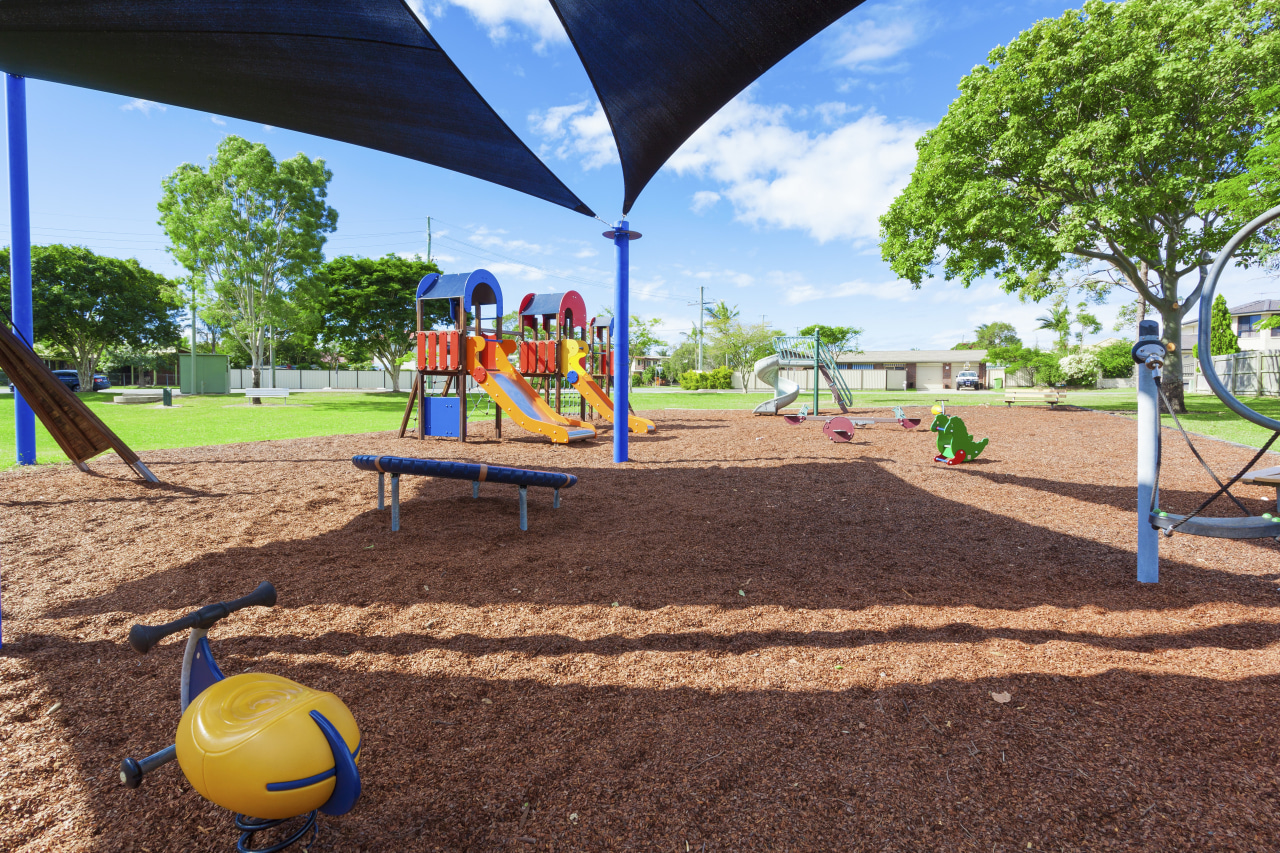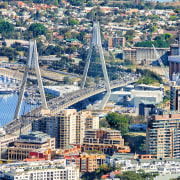Infrastructure is an investment in communities Urbis chief economist Nicki Hutley
Community infrastructure, be it a stadium, playground, sports field or library, has many positive spin-offs

Infrastructure is not just about economic enablement it is also about the long-term social advantages.
The benefits of social infrastructure investment will be maximised when planners and designers work with social researchers and economists up front to identify key outcomes desired. A holistic approach to assessing the benefits of infrastructure investment will enable better decision-making and deliver stronger communities.
Australia, along with many other advanced economies, faces particularly challenging economic times. An uncertain economic outlook both in the medium and long term is the result of a confluence of factors:
¢ The global economy in the wake of the financial crisis has yet to fully recover
¢ A generational boom in commodity prices and mining investment is now well and truly waning
¢ In a competitive global economy, we are increasingly reliant on the services sector for growth and export markets
¢ The population is aging
Together, these trends mean that it is becoming increasingly difficult for governments to balance their budgets. So it is no surprise that there is a reluctance among governments at all levels to invest in significant infrastructure that requires increasing borrowings or raising revenues to meet the cost. However, this reluctance may be short-sighted; firstly, because infrastructure creates opportunities for economic growth. But, just as importantly, infrastructure investment supports stronger, healthier communities.What do we mean by infrastructure?
Most people think of roads, brides, ports or power stations. But that is just part of the story. It is also schools, universities and hospitals, playgrounds and parks, libraries and sports stadia. In other words, infrastructure is the skeleton that supports the economic, social and environmental body of our communities.
To understand the value that infrastructure whether social or economic delivers to the community, in the past economists have taken a quite narrow approach to a Benefit Cost Assessment (BCA). Benefits are typically limited to any direct revenues resulting from the investment think of library fees or train fares plus the initial economic multiplier', or flow-on, impacts associated with the construction stage.
Looking at social infrastructure in such a narrow way, it can be difficult at times to make a case for the investment.
Better investment decisions will likely be made by taking a more holistic approach that accurately captures the economic, environmental and social value of the infrastructure for all stakeholders.
As an example, consider a regional sports stadium. This stadium will potentially draw crowds to demonstration matches from visiting recognised teams. It may even have a facility with rooms that can be rented out for functions and perhaps a cafe.Benefits to communities
But the real value of the facility may well come in other, less obvious, ways. For example, the NSW Department of Sport and Recreation highlights that "participation in sport and physical activity delivers benefits beyond improvements in physical and mental health, with evidence that communities as a whole are strengthened. Healthy, harmonious communities have strong social connections and links, and exhibit a high level of inclusion, co-operation and participation across all community groups.
If the local government can, together with sporting clubs, deliver after school sports programmes for kids, they can potentially improve the health of a generation and perhaps enable parents to work outside school hours.
Urbis recently assessed the economic and social potential of a new sports ground in Western Sydney. The 500-seat stadium and sporting facility is in an area of high cultural diversity, lower than average socio-economic well-being and high incidence of obesity and diabetes. Sport can play a very significant role in the region. Here are some of the benefits assessed:

¢ An increase in economic activity in and around the sports precinct through attendance at team events including training sessions, and trial games, attendance at community programmes, and through community use of the facilities, including competitions that bring more people into the area
¢ Positive social and health impacts across the community through increased participation in sport and community pride engendered by the presence of a major sporting club
¢ An increase in the productivity of regional transport infrastructure as a result of attendance at Wests Tigers events and sporting competitions
¢ Enhancing the region's attractiveness as a place to live and work, assisting the NSW Government's vision of fostering economically efficient regional centres, with a focus on Western Sydney
By capturing and valuing the social benefits, through a Social Return on Investment framework, Urbis was able to demonstrate a very strong return on investment for the council and to illustrate how the precinct will strengthen the community.
The final design of the sports facility and precinct will be critical to ensuring access and inclusiveness so that all the potential benefits are delivered.
Embracing the idea that infrastructure delivers social outcomes, as well as economic and environmental ones, will help governments to optimise investments and deliver better outcomes for people and communities.
Story by: Trendsideas
Home kitchen bathroom commercial design









